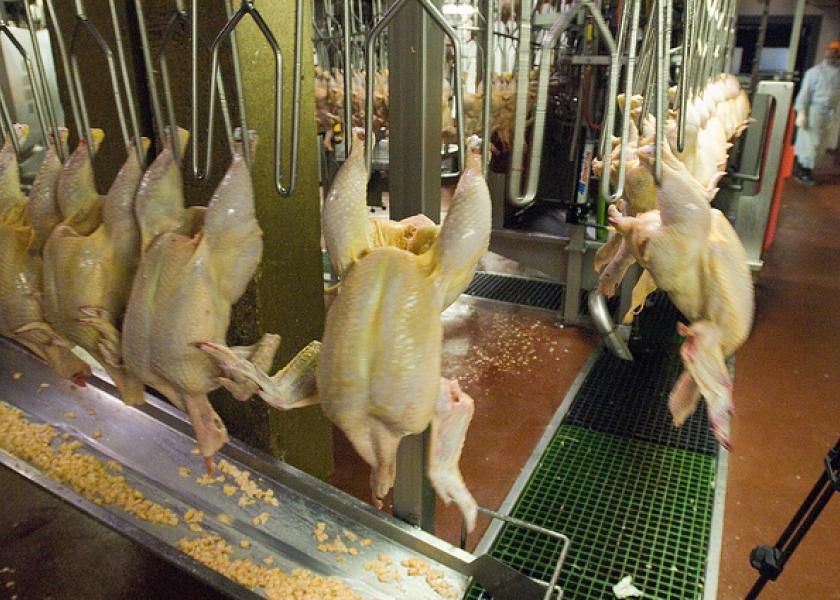Chicken Beats Beef as Emerging-Market Protein, Top Producer Says

JBS SA, a bovine slaughterer that became the world’s biggest meat company, now sees chicken as a better way of tapping emerging-market demand growth than beef.
Poultry production can respond faster to rising income in developing markets as it has a shorter cycle, is more affordable and faces fewer religious barriers, according to JBS Chief Executive Officer Wesley Batista, whose family controls the company.
“Beef production has a very small elasticity,” Batista said in an interview from his Sao Paulo offices. “Because of the costs and the amount of land it requires, I don’t see a huge increase in supply and, consequently, in consumption.”
Global chicken output increased by 22 million tons, or 34 percent, in the past decade, while beef production rose by 3.7 million tons, or 6 percent, according to U.S. Department of Agriculture data compiled by Bloomberg. Cattle herds for exporters including the U.S., Australia and Argentina have been limited by drought, high feed costs and trade restrictions. In Brazil, the top exporting country, meatpackers are paying farmers a near-record 149.34 reais ($49.30) an arroba (32 pounds), up 22 percent from a year ago.
JBS was mostly a beef producer until 2009. Then it spent almost $7 billion in acquisitions including Greeley, Colorado- based Pilgrim’s Pride Corp. to expand poultry operations in the U.S., Mexico and Brazil, the data show. Now it’s the world’s largest poultry producer.
Cheap Feed
Poultry production has been boosted by strong demand and lower feed costs as corn is 30 percent cheaper than a year ago. Profit margins on Pilgrim’s Pride operations surged to 17.4 percent in the fourth quarter from 9.6 percent a year earlier, according to JBS’s latest earnings report. Margins in the U.S. beef business were 5.5 percent, JBS reported.
The gestation period for calves is nine months and animals take as long as 22 months to reach slaughter weight while a chicken needs less than 50 days. U.S. feedlots buy calves weighing 500 pounds to 800 pounds raised mostly on pastures and then feed them a diet of mostly corn until they reach 1,200 pounds and can be sold to beef plants.
“Chicken gives us much more flexibility to meet demand growth,” Batista said.
The U.S. cattle herd as of Jan. 1 was the smallest since 1952, according to USDA. Australia’s herd is forecast to drop to a two-decade low in 2015, according to Meat & Livestock Australia, a producer-owned marketing and research company. Argentine output has fallen 13 percent since 2005 after the government imposed a 15 percent levy on exports.
Brazil cattle prices should start to fall as the economy contracts and demand from oil-producing nations such as Russia and Venezuela falls along with a slump in crude prices, Batista said. “In dollar terms, cattle is already getting cheaper.”







